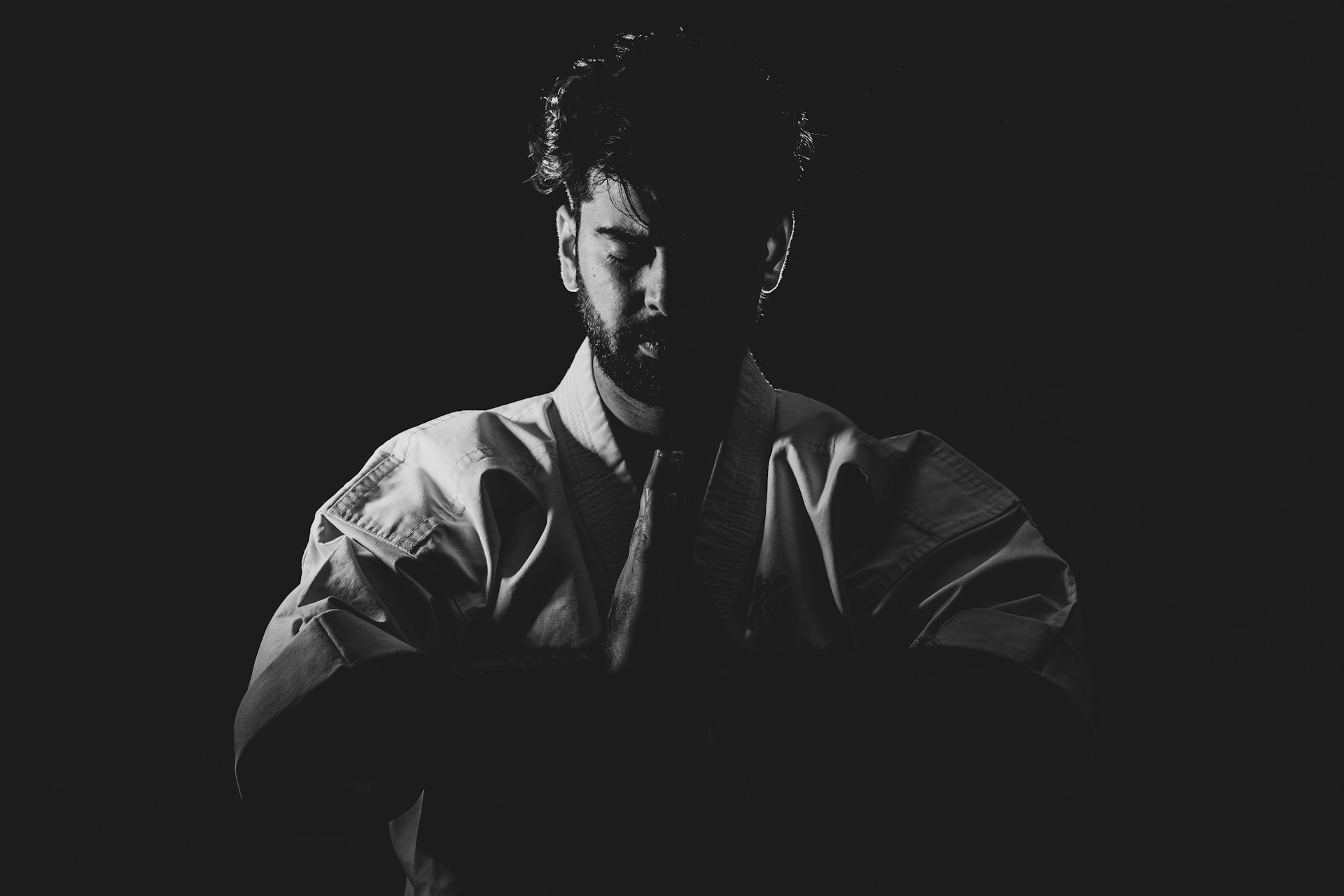
SHOTOKAN KARATE
History Of Shotokan
Shotokan Karate, one of the most widely practiced styles of karate worldwide, originated in Japan in the early 20th century. It was developed by Gichin Funakoshi, who is often referred to as the "Father of Modern Karate." Funakoshi was born in 1868 and began his martial arts training in Okinawa, where he studied traditional Okinawan martial arts, including Shuri-te and Shorei-ryu.
In 1922, Funakoshi introduced his martial art to the Japanese mainland at the first public demonstration in Tokyo. He named his style "Shotokan" after his pseudonym "Shoto," which means "pine waves," and "kan," meaning "hall" or "place." The term was later adopted to honor Funakoshi's contributions to karate.


Mindset Of Shotokan
The mindset of Shotokan Karate is characterized by a combination of physical discipline, mental focus, and adherence to traditional martial arts values. Practitioners of Shotokan Karate are often encouraged to cultivate a strong spirit, which includes qualities such as perseverance, determination, and a commitment to continuous improvement.
Central to the mindset of Shotokan Karate is the concept of "kata," predetermined forms or patterns of movements that serve as a training tool. Kata practice in Shotokan emphasizes precision, proper technique, and the application of martial principles. This meticulous approach reflects a mindset of attention to detail and a quest for perfection in execution.


Shotokan Application
The application of Shotokan Karate involves the practical utilization of its techniques and principles for self-defense and personal development. Shotokan techniques include a variety of strikes, kicks, blocks, and stances, which are trained through kata (prearranged forms) and kumite (sparring). These elements collectively form a comprehensive system designed to address different aspects of combat and personal protection.
In self-defense situations, Shotokan practitioners focus on efficient and powerful strikes, as well as well-timed blocks and evasive maneuvers. The training emphasizes the use of the body's natural mechanics to generate force, enabling practitioners to defend themselves effectively against various types of attacks.


